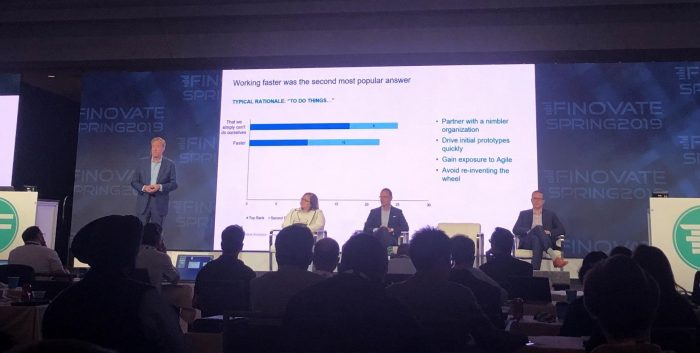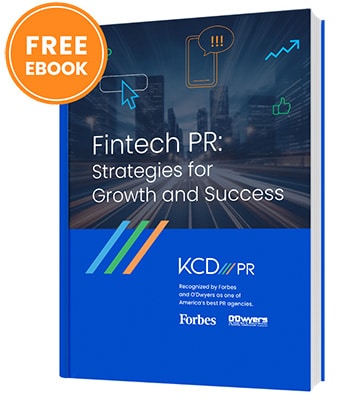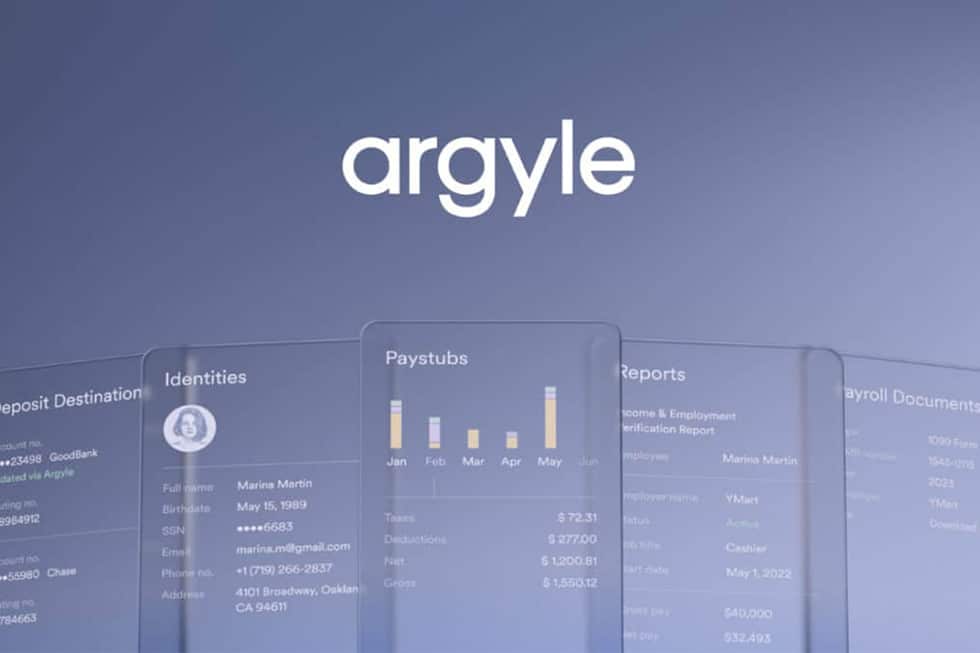Today at FinovateSpring we heard from four analyst all-stars, who talked over what they believe to be the top fintech trends we are seeing today.
First to take the stage was Michelle Evans, global head of digital consumer research at Euromonitor International. The trend she focused on was the internet of things. She described the internet of things as the intelligent interaction between humans and physical things, and stressed that it will be one of the most impactful things for businesses in the next five years. One example of the internet of things in regard to commerce, is smart appliances. In the future, commerce will be much more passive in nature because your appliances will be able to autotomize purchasing decisions for you.
Next up was Jacob Jegher, senior VP of banking and head of strategy at Jevelin Strategy & Research. His trend was, filing the digital gap for entrepreneurs and freelancers. 57 million consumers are self-employed, making this the largest and fastest growing segment of consumers, but also the most underserved when it comes to banking. Only 1 of the top 30 banks are targeting the self-employed, so consumers have to turn to third parties like QuickBooks to fulfill their needs. The top features banks should consider to better serve the self-employed are account opening capabilities, mobile invoicing tools, mobile loan origination capabilities, expense reporting and receipt capture and cash flow and insight advice. Even with how innovative the companies are at Finovate, only 2 of the 60 companies demoing here target this segment.

Daniel Latimore, senior VP of banking group Celent, was next to take the stage. He talked over the trend of financial institutions partnering with fintech organizations, something you see everywhere at Finovate. The top reasons a FI would partner with a fintech company are to do things fast, to do things they can’t already do themselves and to do things smarter. In many cases, to bring on new technology it is much easier to bring on a fintech company with the expertise than to try an reinvent the wheel themselves. The top places FI’s find partners are at accelerators, technology firms and universities, and in the industries of innovation, research, servicing, market access and distribution.
Wrapping up the panel was Paul Berg, senior managing consultant at Gallup. Berg talked about the trend of customer engagement at banks. He noted that only 1 in 5 customers are emotionally connected to their bank, showing that majority of customers are dissatisfied and likely to make a change in their institution. 1 in 4 customers attempt self-service when it comes to banking, and the majority of dissatisfaction in digital banking comes from a lack in digital education. The most valuable form of education for consumers is human connection, yet most banks communicate through texts or emails. Consumers also believe that only 28 percent of banks look out for their financial well-being, and more often banks are using consumer data solely to drive their business.
Whether it is hot or not, these top trends are shaping today’s fintech and banking spaces, and financial institutions would be smart to take note from these analyst all-stars.






